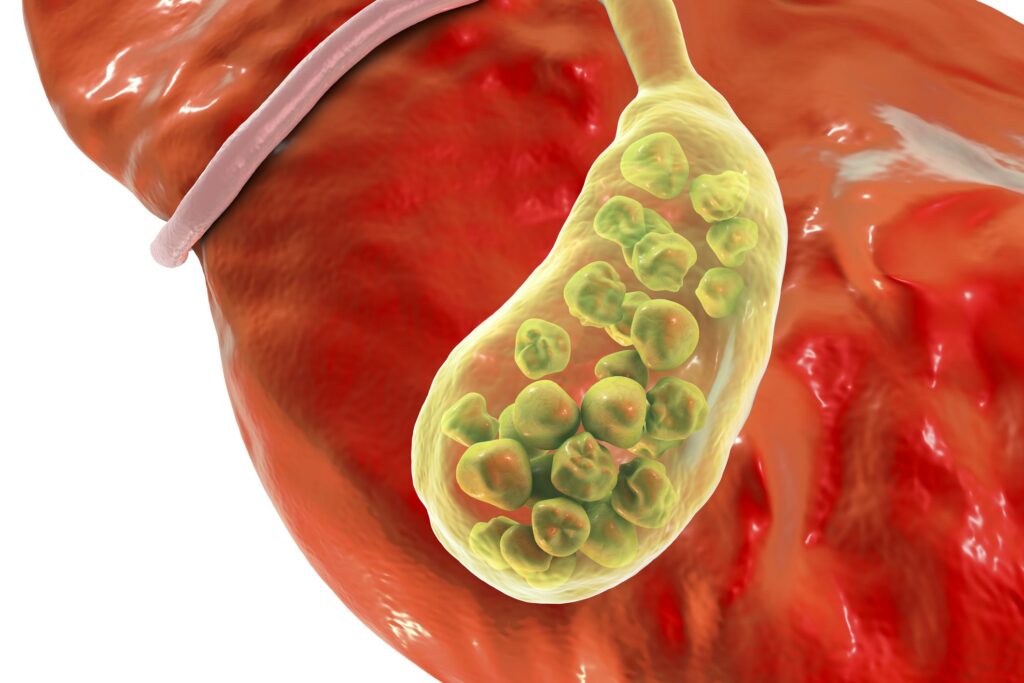Understanding 10mm Gall Bladder Stones: A Serious Health Concern Gallstones are more common than many people realize, but when it comes to 10mm gall bladder stones, they can pose serious health risks. While gallstones can vary in size, those measuring 10mm (around the size of a small marble) are large enough to cause discomfort and require attention. Understanding 10mm Gall Bladder Stones: A Serious Health Concern In this post, we’ll walk you through everything you need to know about 10mm gall bladder stones—from their potential impact to how you can manage or treat them.

10mm Gall Bladder Stones
What Are Gallstones?
Gallstones are hardened deposits that form inside your gallbladder, an organ located beneath your liver. These stones can vary in size and composition, but they often cause problems when they block the flow of bile, a digestive fluid. Gallstones come in two types: cholesterol stones and pigment stones. While most gallstones are small, a 10mm gall bladder stone is large enough to lead to significant health issues, such as inflammation or infection.
Why Are 10mm Gall Bladder Stones a Concern?
A 10mm gall bladder stone is considered fairly large and can cause more severe symptoms compared to smaller stones. Understanding 10mm Gall Bladder Stones: A Serious Health Concern Here’s why they’re a cause for concern:
- Pain and Discomfort: Larger stones can cause intense pain, especially when they block the bile ducts. This pain is often felt in the upper right part of the abdomen and may radiate to the back or shoulder.
- Risk of Infection: If a large stone blocks the bile duct, it can lead to a condition called cholecystitis (inflammation of the gallbladder) or pancreatitis (inflammation of the pancreas), both of which require immediate medical attention.
- Possible Need for Surgery: When a 10mm gall bladder stone causes persistent symptoms or complications, doctors may recommend surgery, usually in the form of cholecystectomy (removal of the gallbladder).
How Are 10mm Gall Bladder Stones Diagnosed?
If you’re experiencing symptoms like severe abdominal pain, nausea, or vomiting, your doctor may recommend imaging tests to diagnose gallstones. Common diagnostic tools include:
- Ultrasound: This is the most common test for detecting gallstones and can identify their size and location.
- CT Scan: A CT scan can provide more detailed images, especially if complications like infection or inflammation are suspected.
- Endoscopic Ultrasound: This may be used in cases where gallstones are difficult to detect with regular ultrasound.
Treatment Options for 10mm Gall Bladder Stones
Understanding 10mm Gall Bladder Stones: A Serious Health Concern If you’re diagnosed with 10mm gall bladder stones, your treatment will depend on the severity of your symptoms. Here are the main options:
- Lifestyle Changes: If the stones aren’t causing major issues, doctors might recommend dietary adjustments and medication to manage symptoms and prevent future stones. Avoiding fatty foods and focusing on a balanced diet can help.
- Medications: In some cases, medications may be used to dissolve the stones, though this is typically more effective for smaller stones and takes a long time.
- Surgery: If the stones cause severe pain or complications, surgery may be necessary. The most common procedure is a cholecystectomy, where the gallbladder is removed. It’s a relatively common and safe surgery with minimal recovery time.
Can Gallstones Be Prevented?
While not all gallstones can be prevented, certain lifestyle changes can help reduce your risk, Understanding 10mm Gall Bladder Stones: A Serious Health Concern especially if you’re at higher risk for developing stones. Here are some tips:
- Maintain a healthy weight: Rapid weight loss can increase your risk of gallstones. Aim for gradual, sustainable weight loss through a balanced diet and regular exercise.
- Eat a healthy diet: Focus on a diet that’s rich in fiber and low in fat. This can help reduce the buildup of cholesterol in your gallbladder, lowering the risk of stones.
- Exercise regularly: Regular physical activity can help maintain a healthy weight and promote overall digestive health.
Conclusion: Don’t Ignore Symptoms
A 10mm gall bladder stone may sound small, but it can have a big impact on your health. If you’re experiencing symptoms like pain, nausea, or bloating, it’s important to seek medical advice as soon as possible. With the right treatment, you can manage or even prevent further complications. Remember, the sooner you address gallstones, the better your chances of avoiding surgery and minimizing discomfort.
Understanding 10mm Gall Bladder Stones: A Serious Health Concern If you have concerns about your health or suspect you may have gallstones, don’t hesitate to speak with a healthcare professional. They can help guide you through the best course of action for your specific situation.
If you found this information helpful, be sure to share it with friends or family who might be dealing with similar concerns. Staying informed and proactive about your health can make all the difference in preventing and treating 10mm gall bladder stones effectively.
This post is designed to educate and guide readers in a friendly, straightforward way, ensuring the message about the seriousness of 10mm gall bladder stones is clear while also providing practical advice for management and prevention.
